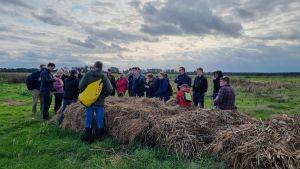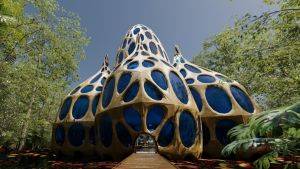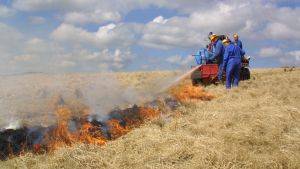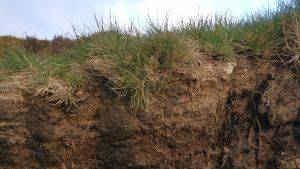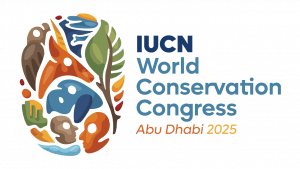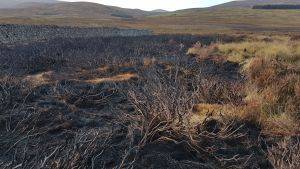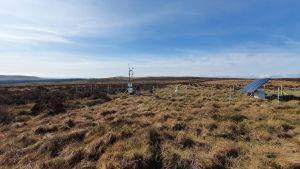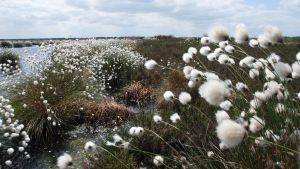North Pennines National Landscape team installs groundbreaking plant-powered devices.
The North Pennines National Landscape team has installed two cutting-edge plant-powered devices to monitor the water level of a North Pennines peatland.These are the first devices of this kind to be installed in the UK. The SensorSticks, created by sensor company Plant-e, each have a plant energy source, a set of sensors and a satellite transmission system.
The North Pennines National Landscape team’s peatland programme typically monitors water levels using a mix of manual and battery-operated dipwells. This type of monitoring is time-consuming, requiring field officers to be on site to collect the data. Additionally, during bird breeding season, from April to June, there is no access to peatland sites.
A SensorStick provides a maintenance-free and cost-effective alternative topeatland monitoring, where staff do not need to carry out site visits to collect data and change batteries. Read more about the innovation.
Restoration work across 11 sites
From 2021 to 2025 our team carried out three peatland restoration projects across 11 sites under the Nature for Climate Peatland Grant Scheme. We carried out restoration on over 2500 hectares of peatland.
We are continuously improving our restoration work and we’ve learned a lot from these projects:
- Re-profiling is a highly effective technique when paired with peat dams - natural-looking pools are created and large areas of bare peat are revegetated without obvious signs of intervention.
- Turfing hagg edges significantly improves the recovery of the peatland and is now standard practice in the North Pennines, where suitable donor material is available.
- Stone dams are effective for managing water flow at the base of re-profiled hagg edges. Placing the dams closer together is required in areas with stronger flow to reduce erosion.
- Wider and lower peat dams trialled at the Murton restoration site have successfully slowed the water flow in vegetated gullies.
- Moss-rich nurse crop outperformed dry heather brash in revegetating bare peat and has become the preferred method. The high moisture content of moss-rich nurse crop makes it heavier and therefore better for covering the bare peat in comparison to the brash which was dryer and lighter.
- The moss-rich nurse crop application rate increased from 200 to 600 bags/ha (from 2cm to 5cm depth), significantly enhancing coverage and reducing the need for additional moss-rich nurse crop.

European Conservation Finance Boot Camp
On behalf of Eurosite, our team hosted the third European Conservation Finance Boot Camp in Northumberland. Delegates from around the world attended to discuss the challenges and opportunities of green finance for conservation.
Speakers talked about topics from philanthropy to tax incentives, as well as examining the markets for nature credits around the world.
Link to further content: https://northpennines.org.uk/european-conservation-finance-boot-camp/
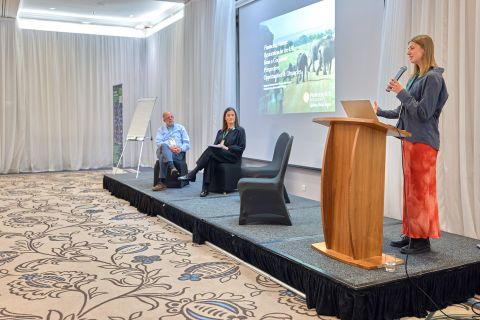
Images: North Pennines National Landscape team.


